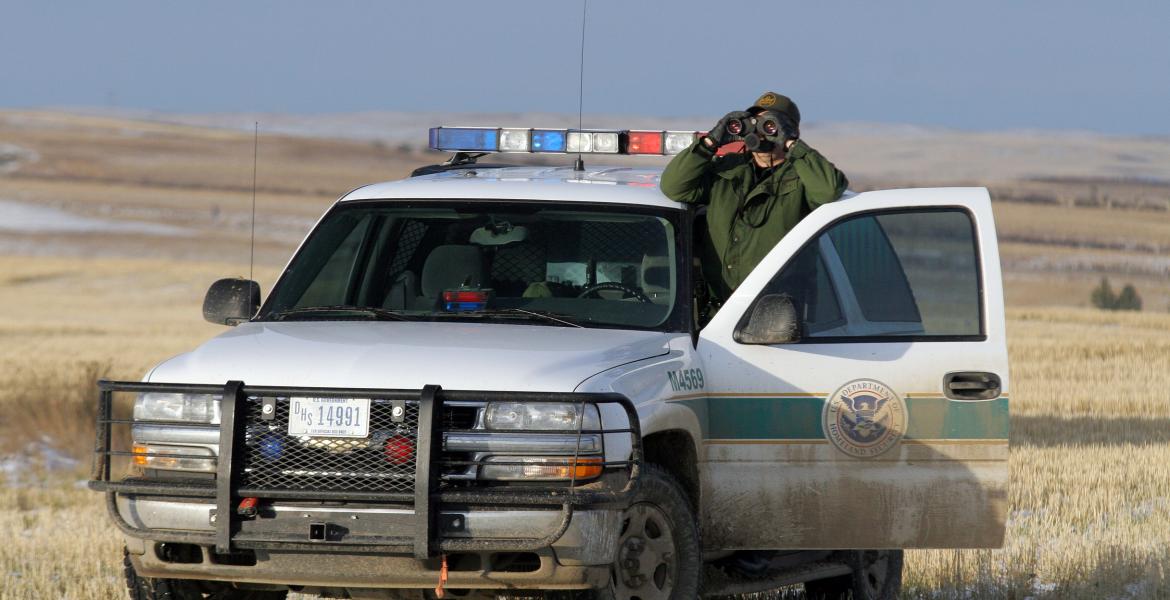HUNTSVILLE, AL -- "With August's Perseids obscured by bright moonlight, the Geminids will be the best shower this year," said Bill Cooke with NASA's Meteoroid Environment Office. "The thin, waning crescent Moon won't spoil the show."
[[{"fid":"35949","view_mode":"wysiwyg","type":"media","attributes":{"alt":"2017 Geminids Will Be Dazzling!","height":"562","width":"750","class":"media-element file-wysiwyg"}}]]
According to Molly Porter with NASA’s Marshall Space Flight Center in Huntsville, AL the shower will peak overnight Dec. 13-14 with rates around one per minute under good conditions, according to Cooke. Geminids can be seen on nights before and after the Dec. 14 peak, although they will appear less frequently.
"Geminid activity is broad," said Cooke. "Good rates will be seen between 7:30 p.m. on Dec. 13 and dawn local time the morning of Dec. 14, with the most meteors visible from midnight to 4 a.m. on Dec. 14, when the radiant is highest in the sky."
Skywatching is easy. Just get away from bright lights and look up in any direction! Give your eyes time to adjust to the dark. Meteors appear all over the sky.
Subscribe to the LIVE! Daily
Required






Post a comment to this article here: